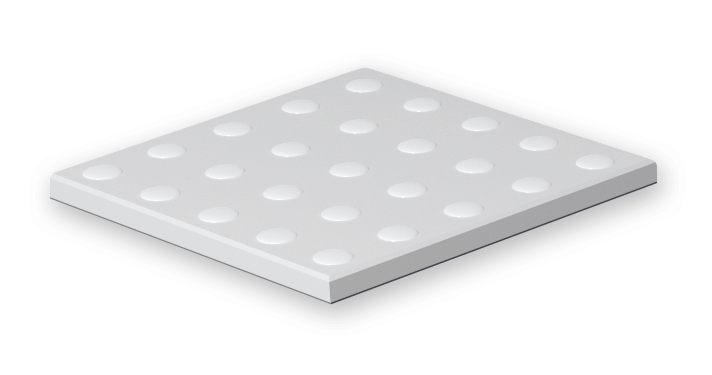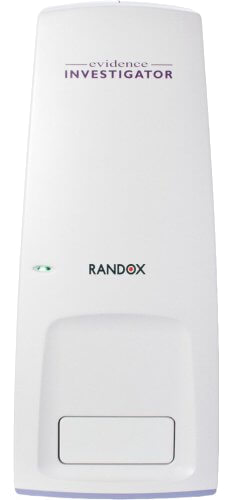Solutions
keyboard_arrow_downServices
keyboard_arrow_downSupport & Resources
keyboard_arrow_downCompany
keyboard_arrow_downContact
Get in touch to discover more
To find out more about the Acute Kidney Injury , enquire now.
Key Benefits
Multiplex detection of multiple kidney damage biomarkers from a single patient sample.
Novel combination of biomarkers increases sensitivity and accuracy compared to creatinine
Earlier identification of CKD allows for earlier intervention and better patient outcomes
Applications in safety endpoint monitoring or drug-related renal toxicity during clinical trials
Identify the risk of CKD development/progression following an AKI episode
Utilises biomarkers to profile slow vs rapid CKD progression
CKD refers to abnormal kidney function and/or structure, present for a minimum of 3 months.
Existing diagnostic tests like creatinine cannot reliably detect early-stage CKD at which intervention could be more effective.
Utilising patented biochip technology, the CKD array could improve patient risk stratification and monitor the effectiveness of treatment. Earlier detection of CKD allows for earlier intervention and treatment to prevent further kidney damage. The diagram below illustrates the earlier detection possible with biochip technology.

CKD Array I
Regulates renal cell proliferation, fibrosis, and inflammation. Produced in response to injury.
Involved in recruiting neutrophils to sites of injury and stimulating their response.
Used to identify an increase in inflammatory conditions like CKD.
Used to identify an increase in inflammatory conditions like CKD.
Contributes to reducing oxidative stress in the kidneys.
A fibrin degradation product, and an index of coagulation and fibrinolysis.
Plays role in inflammatory response at sites of injury or infection.
CKD Array II
An acute phase reactant involved in inflammation.
Marker of kidney filtration dysfunction and injury.
Produces a local inflammatory response.
State of the art biomarker for CKD.
The Evidence Investigator
The CKD Array I and CKD Array II are available for research use only on the Evidence Investigator, a semi-automated benchtop immunoassay analyser.



